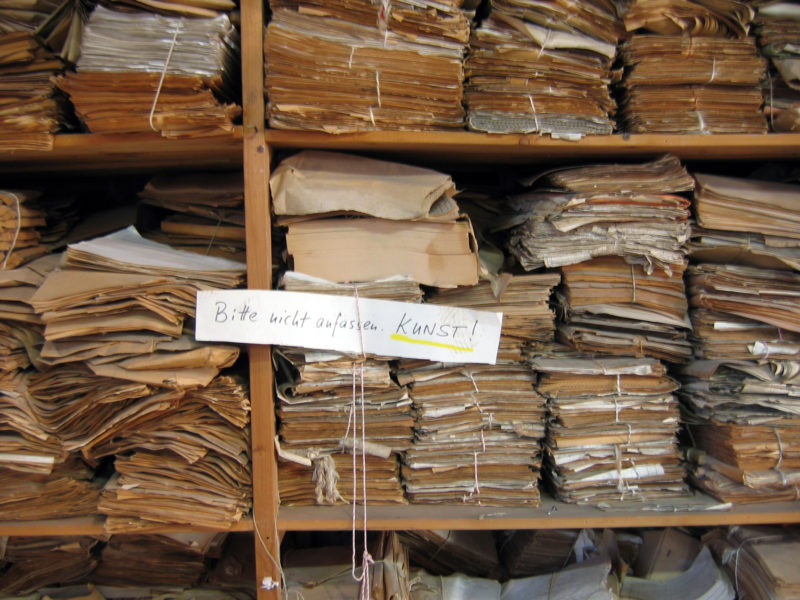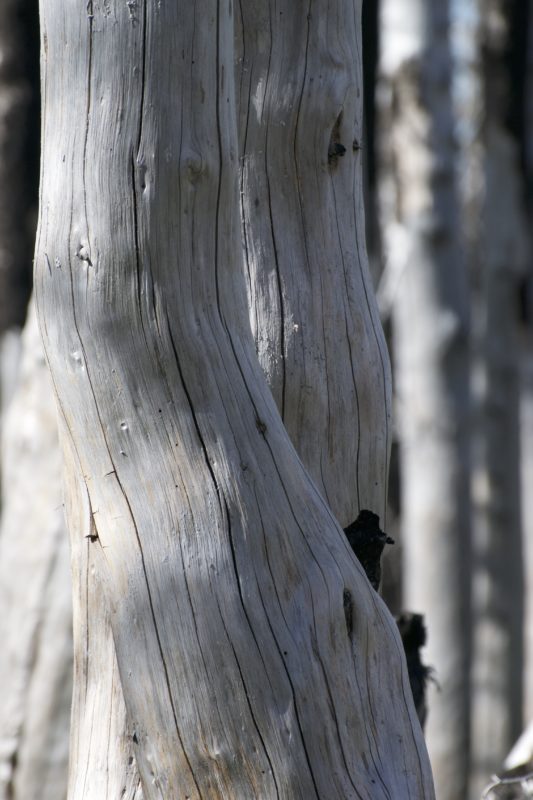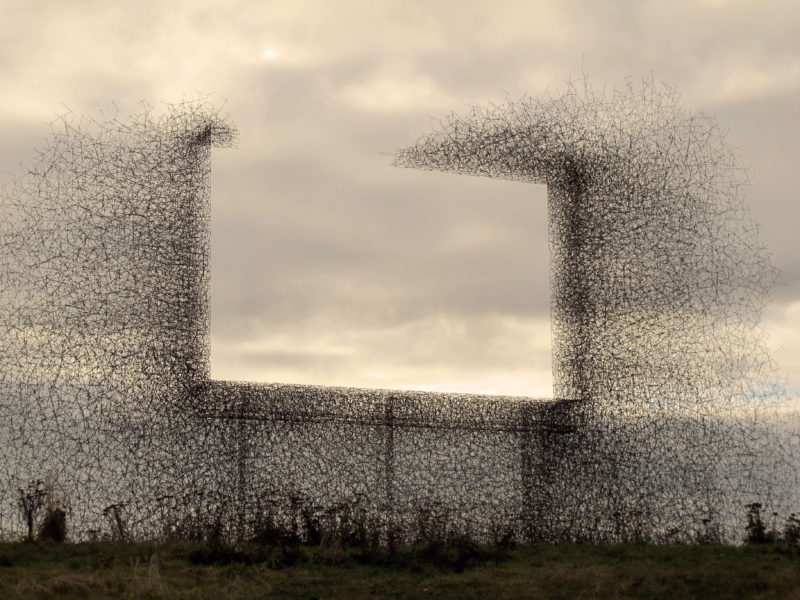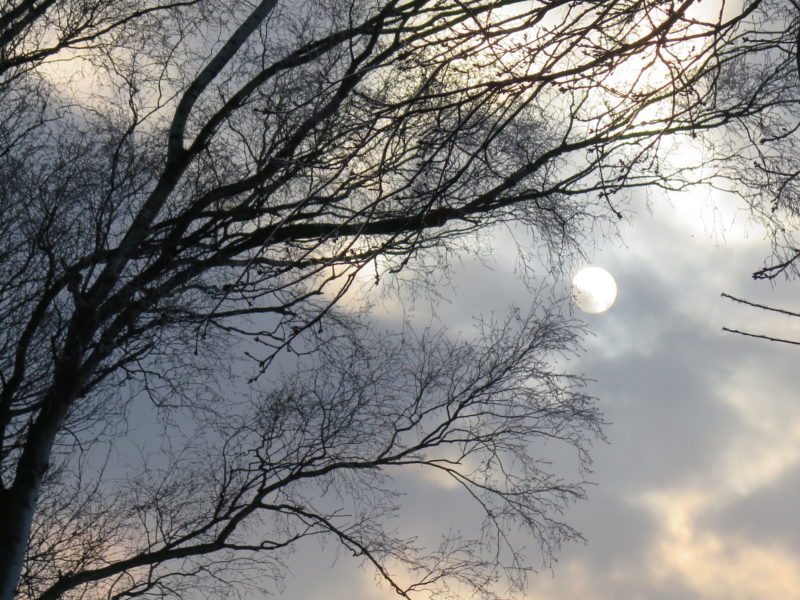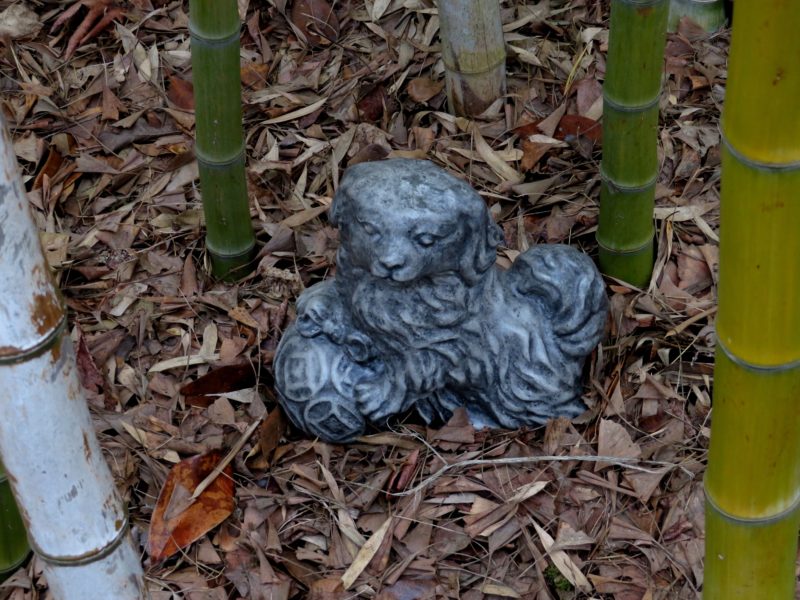Something is in the air – and I am not just referring to mobiles, although every museum I set foot in during a short trip to the East Coast seemed to have something floating about.
 Philadelphia Museum of Art
Philadelphia Museum of Art  MFA Boston
MFA Boston
Rather, the air is suffused with a desire to take stock of periods of the past that just might inform us about how to handle the present, in our understanding of art history as well as that of our times. Two current exhibits are perfect examples of this: Inventur at the Harvard Art Museum in Cambridge, MA and Modern Times at the Philadelphia Museum of Art.
(All photographs are paired from the exhibits, Inventur in first position, followed by my best match from Modern Times.)
Wilhelm Rudolph Drawings of Dresden 1945-46/Diverse Industrial Scenes by Benton Murdock Spruance, Charles Turk, Jolan Gross Bettelheim, Ida Abelman mid 193os to 1943
Inventur (I) focusses on German art, while Modern Times (MT) covers the American departure into modernity. There are striking parallels of curatorial choices and artistic achievements in both of these exhibitions. They cover a limited period of time (1943 – 1955 for I, 1920s to the 1950s for MT,) display an incredible diversity of artists active during those periods, include painting, photography, collage and sculpture, and rely on core themes equally important for the artistic developments in both countries during the first half of the last century.
https://www.harvardartmuseums.org/visit/exhibitions/5388/inventurart-in-germany-194355
http://www.philamuseum.org/exhibitions/866.html?page=2
Harald Duve Carnival Feast 1952/George Biddle Whopee at Sloppy Joes 1933
The mood, in turn, is strikingly different. And how could it not be? Modern Times reflects the optimism, dynamism and daring of the American art scene of its epoch. Inventur, on the other hand, conveys the trauma, pain, but also resilience of German artists digging themselves, sometime literally, out of the rubble of the post-war years.
Karl Hofer Nights Of Ruins, 1947/ Kay Sage Tanguy Unicorns came down to the Sea 1948
Both exhibits make room for experimentation, architecture, urban scenery and the race towards industrialization.
Erwin Spuler Bombed out Buildings 1946-48/Arnold Rönnebeck Wall Street 1925
Both represent women artists, those known and those less familiar, including two of my favorite queens of subversion, Hannah Höch and Dorothea Tanning.
Hannah Höch Poetry around a Smokestack 1956/Dorothea Tanning Birthday 1942
As someone who grew up in Germany during the the latter years covered in Inventur, I felt a stronger pull to the themes of that show: the artistic reaction to the horrors, destruction, fear, disbelief and eventually hope of those living through the aftermath of the war in Germany.
The title of the exhibit (Taking Inventory) was borrowed from a 1945 poem by Günther Eich, which I am attaching in English translation. https://www.poetryfoundation.org/poetrymagazine/poems/52394/inventory-56d230d30ccb8
This is a strange choice, to be frank. Eich, born in 1907, preached before the war that poets should not be political, and yet showed extreme conservative opinions in his scathing literary criticism of others. In 1933 he applied for membership in the NSDAP, but was rejected. He then produced some 160 radio plays that very much spoke to Nazi issues and values and were widely broadcast. After the war, he opportunistically claimed one had to be critical of the fallen regime – and went on to be a celebrated writer, winning honors ad awards, while considered by others to have been a Mitläufer, a Nazi hanger-on. To have this turn-coat’s poem spearhead an exhibit of true dissenters is puzzling, to say the least.The power of the exhibit has you forgive this, however.
The visual works take inventory, indeed. They depict the destroyed landscapes, the vagaries of every day life, the attempts to escape the post-war reality of hunger, illness and despair by either documenting the catastrophic conditions or escaping from them into fantasy worlds. There are also hints of the unquenchable desire to return to some kind of normalcy, to rebuild a sense of home and focus on things like modern furniture, car ownership and the like, to move forward.
Konrad Klapheck Typewriter 1955/Charles Sheeler Cactus 1931
The curators note that the exhibit conveys not just an artistic, but also a physical and moral stocktaking of artists who stayed – and were endangered – during the Nazi regime and the hard years that followed, with a Nazi-indoctrinated public and critics trying to suppress their work way into the 50ies. I completely agree – many of the paintings I saw were testimonials in the truest sense of a world destroyed by fascistic ideals and action – something worthwhile to remember here and now.
Modern Times, in contrast, leaves you buoyed with a sense of energy. Where the German art makes you hold your breath, the American exuberance makes your heart beat faster. Given the vast collection of the Philadelphia Museum of Art, it also allows glimpses of lesser known artists beyond the panoply of the famous cohort.
In the end both shows pull off something extremely valuable: they evoke feelings without giving in to irritating pathos and they link to critical thoughts about our past without yielding to nostalgia.
If you happen to be traveling to Boston or Philadelphia in the near future, I recommend you make time for a visit.

 Harvard Art Museum
Harvard Art Museum








































